Hegel H120
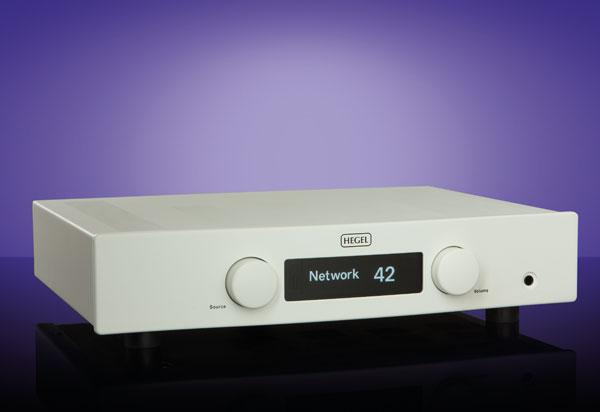
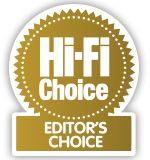 It strikes me that the one integrated amplifier Hegel chose to christen with a noun rather than a number was developed as a messenger; a product tasked with articulating the company’s take on performance and functionality, but shrewdly priced for broad consumer consideration. In any event, there’s no denying that the Röst (named after a Norwegian island, but literally meaning ‘voice’) – reviewed HFC 418 – swiftly became Hegel’s celebrity amp – on message and affordable, while being a relatable brand ambassador.
It strikes me that the one integrated amplifier Hegel chose to christen with a noun rather than a number was developed as a messenger; a product tasked with articulating the company’s take on performance and functionality, but shrewdly priced for broad consumer consideration. In any event, there’s no denying that the Röst (named after a Norwegian island, but literally meaning ‘voice’) – reviewed HFC 418 – swiftly became Hegel’s celebrity amp – on message and affordable, while being a relatable brand ambassador.
Why the company has decided to revert to a numeric nomenclature for its successor is explained by Anders Ertzeid, Hegel’s VP of sales and marketing, overleaf, but it’s clear that the new H120’s mission to showcase its philosophy and tech in a real-world context hasn’t changed, just evolved. The price stays the same, likewise the Class AB configuration rated at 2x 75W power output and the minimalist industrial aesthetic. Nothing is changed for the sake of it; Hegel just isn’t that kind of company. Which isn’t to say the Röst – a network and streaming-enabled integrated amp/DAC – wasn’t ripe for a thorough digital upgrade.
Hegel’s methodology, essentially grounded in a quest to dump distortion, has been maturing for 30-plus years. In 1988 founder Bent Holter – then a student at the Technical University in Trondheim, Norway – wrote a thesis on the original design of the transistor used in amplifiers. To cut a long story short, the thesis became the basis for the fledgling company’s patented SoundEngine tech, which in turn established a solid foundation for Hegel’s growth and diversification into digital. 1994 saw the company’s first DAC, followed two years later by a CD player. Over the next 10 years the brand continued to blossom and add new products and unique technical solutions to its portfolio. But just as the financial crash of 2008 began to bite and saw competitors tighten their belts, the now established player from Oslo elected to do the opposite and hired fresh engineering talent to design a new generation of D/A converters, the latest iterations of which feature in all of Hegel’s integrated amps.
In the Hegel hierarchy, the H120 slots in between the entry-level H90 (HFC 427) and ‘next level’ H190, just as the Röst did. It has a strategically breathed-on version of the Röst’s analogue output stage, but its DAC and digital electronics come from the more powerful and expensive H190 and are described as “reference class”.
Hegel’s signature colour scheme might be a stormy dark grey, but like the Röst the H120 is available in white and is pretty much indistinguishable from its predecessor. Let’s face it, apart from vertical bulk, all Hegel integrated amps look the same: left knob selects source, white-on-black OLED screen in the middle, right knob adjusts volume and, to the right of that, a 6.35mm headphone socket. It doesn’t get much simpler than that and yet the ‘Scandi chic’ look is distinctive and very cool (especially in white). The supplied remote (black) is appropriately chunky, too, unlike the H90’s lightweight plastic number.
The rear-panel socketry is similarly neat and comprises a three-pole IEC power inlet, one coaxial and three optical inputs, a USB-B port for connection to a computer, a pair of balanced XLRs, two pairs of unbalanced RCA line-level inputs, an Ethernet port, a pair of variable unbalanced RCA line-level output jacks, and a single pair of speaker terminals.
But even that lot doesn’t tell the whole story. The H120 does Apple AirPlay, Spotify Connect, IP Control, Control4 and UPnP streaming from DNLA or a NAS drive. It can access music streaming services such as Tidal and internet radio, and Roon compatibility is almost ready to go. For enhanced flexibility, input settings are configurable for volume and functionality with any device you care to link up – a home cinema setup for example. If a Sonos or Bluesound streamer is part of your kit, simply connect it to the digital output and you’re in business. Also new, the H120 will wake up from standby in a LAN setup. So when the unit is in standby mode, you can select it in Spotify or AirPlay etc. and be good to go.
To prevent high-current demands from the output stage impinging on the sensitive input and gain stages, the H120’s beefy power supply employs two toroidal transformers. The larger supplies the output stage and has separate secondary windings for each channel feeding separate rectifier blocks and filter capacitors. This is normal Hegel practice and hardly unique. Much more radical is the company’s SoundEngine topology, now in second-generation guise and Hegel claims it teams very low distortion with a very high damping factor. More on this in the opposite boxout, but put simply it works a bit like a noise-cancelling headphone comparing the output of the amplifier with the input and plays forward any detected distortion to the speaker output in reverse phase, cancelling said distortion in real time.
The H120 is also said to have a slightly quieter headphone output than the Röst. But the dramatic improvement, or so it claims, is purely digital. The new amp uses the same DAC as the H190, which is claimed to represent a massive step up from the Röst, resulting in a smoother, more precise and dynamic sound. Eschewing the asynchronous upsampling used by most CD players these days, Hegel’s proprietary ‘synchronised upsampling’ aims to avoid the trap of converting jitter error into amplitude error and the resulting compromised sound quality. The so-called SynchroDAC and MasterClock work together to push down jitter and conversion errors, reducing distortion and achieving what Hegel contends is the “highest possible dynamic range”. The DAC maxes out at 24-bit/192kHz PCM via UPnP and although DSD files can be played, they are down sampled before sending them onto the converter.
Sound quality
As a long-term user and fan of Hegel’s entry-level H90 integrated (albeit with a few reservations about the built-in DAC) I’m intrigued to see what advantages the pricier H120 brings to the table. Cueing up Joni Mitchell’s original rendition of A Case Of You and relying on the respective amps’ on-board decoding, the outcome is predictably unkind to the H90, which – while sounding pleasantly smooth and warm – lacks the H120’s transparency, temporal precision and dynamic expression, making the track sound ever so slightly, muggy. The new amp more accurately captures the pure and sonorous quality of a young Mitchell’s voice and renders the accompanying steel-string guitars with greater bite and harmonic complexity. Using Chord Electronics’ Hugo 2 DAC (HFC 428) evens things up to a large degree, both amps sounding much more alike, clearly hailing from the house of Hegel and able to make the most of the Chord’s estimable sonic charms, though again the H120 sounds the more refined and energised of the two.
The H120 isn’t one of those amps that gives material the sonic equivalent of a Strictly Come Dancing spray tan and wardrobe makeover. Nothing sounds shinier or more glamorous than it should and, by the same token, a great musical performance is neither hyped nor hindered as it reaches the loudspeaker – in this case Spendor’s splendid A7 floorstander (HFC 440).
It’s a partnership that appears to clear a path for musical expression of a very high calibre that makes listening a captivating rather than casual experience. This seems to be a consistent characteristic whatever the input. Stream any track from Eels’ quirky Daisies Of The Galaxy and it has a wonderfully pure and present quality that bypasses the less than gleaming production values. This is not an audiophile-standard recording by any means, yet Mark Oliver Everett’s mood-drenched songs swim by in an unerringly fluent, tuneful and enjoyable fashion.
Mike Stern and Jeff Lorber’s latest jazz fusion vehicle, Eleven, under the H120’s command sounds huge, fast, natural and unforced, rhythmically lucid and surefooted. The Hegel does the big picture/fine detail thing better than any amplifier I can think of remotely close to its price. Solidity, scale and authority sit comfortably with the subtlest resolution of detail. Power and deftly delivered dynamics go hand in hand as well, and all with impeccable control, especially in the lower bass frequencies.
Conclusion
The versatile talent that was the Röst might appear to have left the building, but it hasn’t really. Its star quality
lives on in the H120, upgraded and buffed for the digital delights of a new decade. It might sit in the lowly part of Hegel’s amplifier range, but the H120 delivers as much excellence as many will ever need. DV
DETAILS
Product: Hegel H120
Price: £2,200
Origin: Norway
Type: Integrated amplifier/DAC
Weight: 12kg
Dimensions: (WxHxD) 430 x 100 x 310mm
FEATURES
● Quoted power output: 2x 75W (8ohm)
● Digital inputs: 1x coaxial; 3x optical; 1x USB-B; 1x Ethernet port
● Analogue inputs: 1x stereo balanced XLRs; 2x stereo RCAs
● 6.35mm headphone output
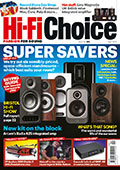 |
Inside this month's issue: Arcam Radia A25 integrated amp, iFi Audio iDSD Diablo 2 DAC/headphone amp, Eversolo DMP-A8 streamer/DAC/preamp, Line Magnetic LM-845IA valve amp, Record Store Day Spring Drop, standmount loudspeaker Group Test and much, much more
|
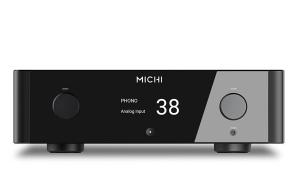
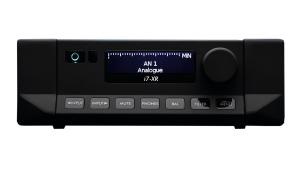
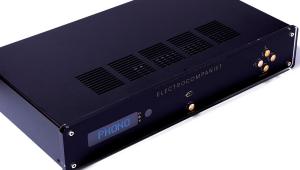
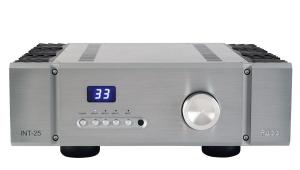
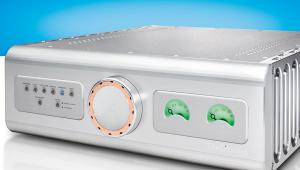
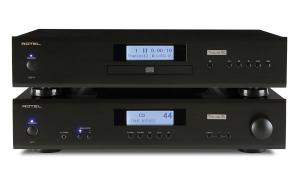
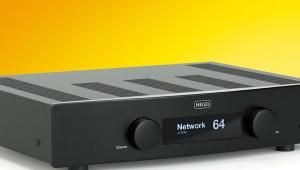
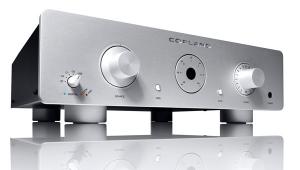
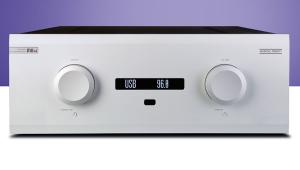
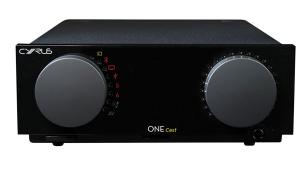
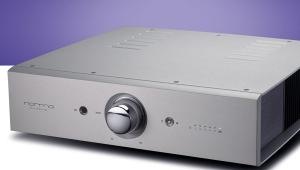
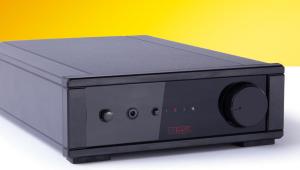
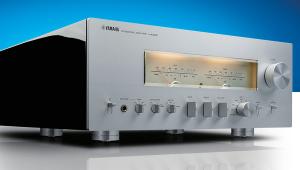
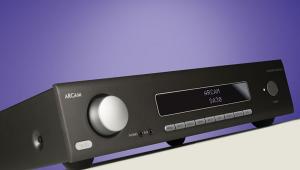
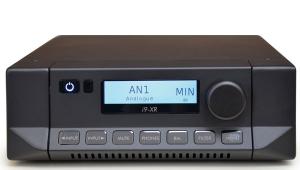
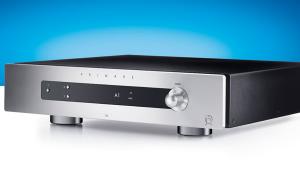
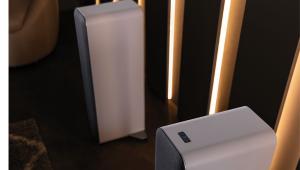
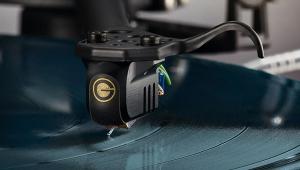

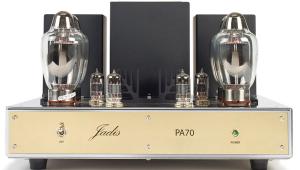
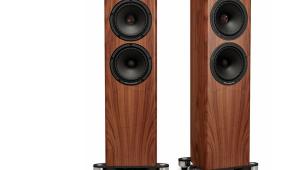
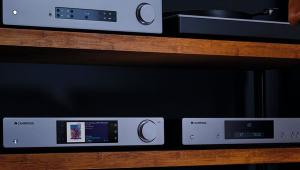
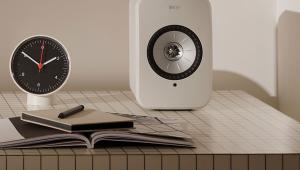
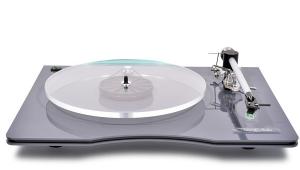
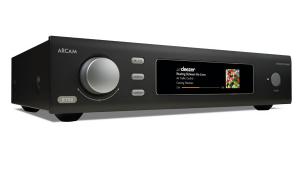
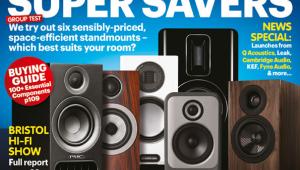
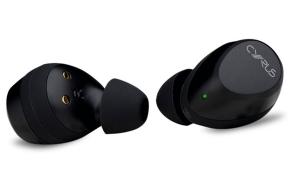
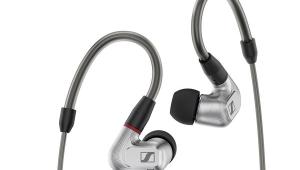
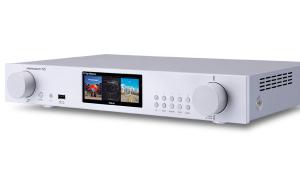
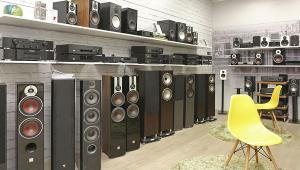
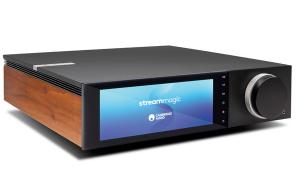


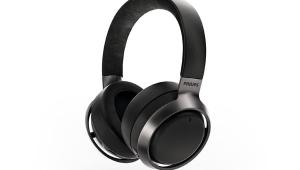
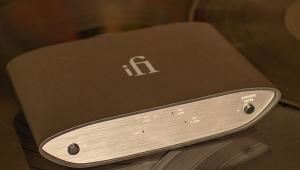
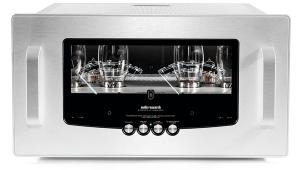
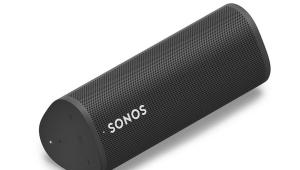
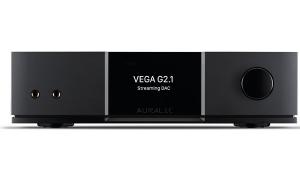
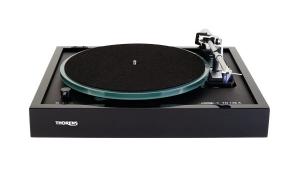
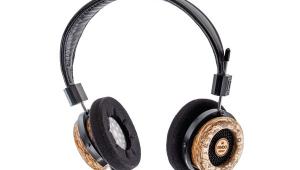
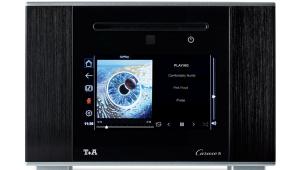
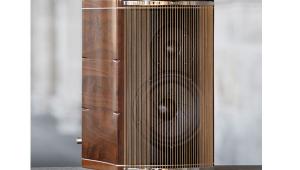
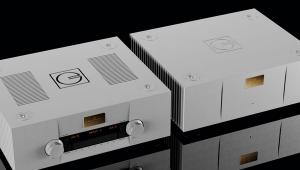
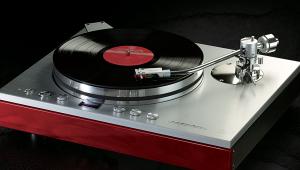
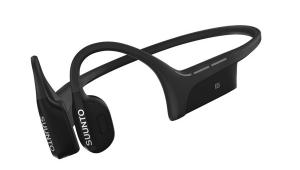
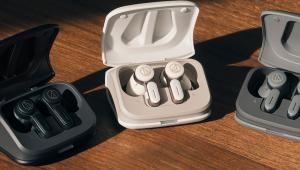
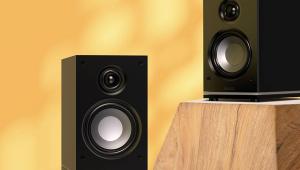
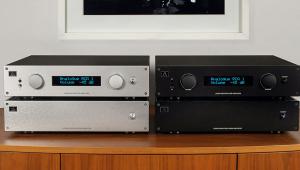
.jpg)



